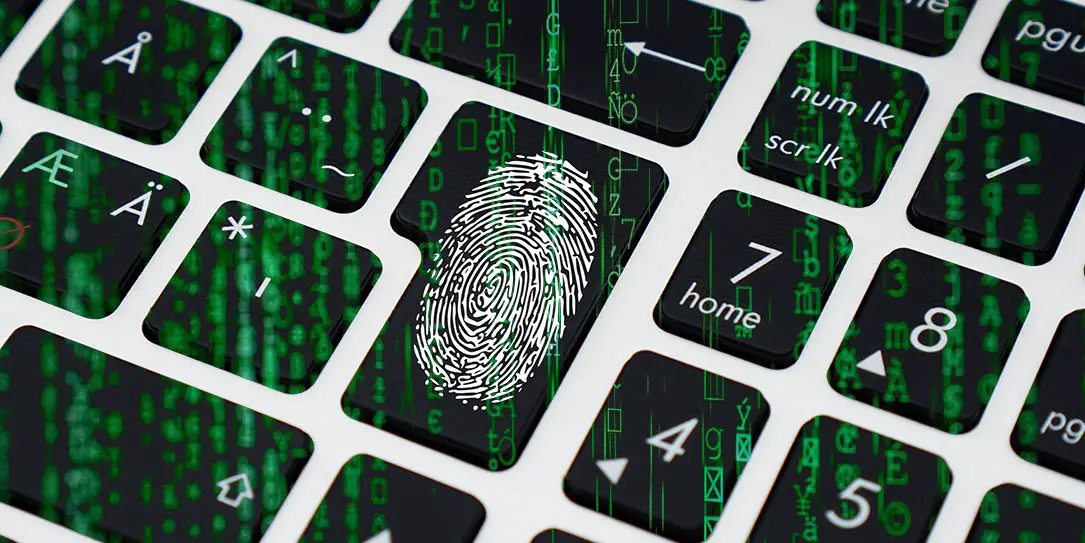Amidst the ongoing cybersecurity epidemic, is your enterprise prepared to cope up with the changing dynamics of the cyber ecosphere? Let’s find out.
Here are some of the most up-to-date cybersecurity predictions for 2020 that will help you figure out your current need for security in your business.
3 Major Cybersecurity Crisis to Look Forward to in 2020
- With digital transformation accelerating in 2020, data will become far more usable. Information related to customers, competitors, supply chain, and the market will hold a significant value for hackers as they find new ways to incur maximum damage.
- No doubt, 5G is all set to make a thriller entry in 2020, it is its high business potential that will attract the bad guys. Mix it up with an insecure industrial environment and outdated devices, and you have prepared yourself a recipe for disaster – leading to frequent industrial accidents and mass outrage.
- According to founder and CEO, CloudKnox, Balaji Parimi, “Organizations will fail to identify the gaps that must be addressed within their cloud infrastructure.” When coupled up with cyber legislation like GDPR and CCPA, it may lead to severe repercussions.
3 Best Cybersecurity Practices for Enterprises

Multi-Factor Authentication will guard you.
Multi-factor authentication (MFA/2FA) is adding a layer of protection to an existing account. Think of it this way, the authentication code that you receive before making a payment through your bank account or the security question that pops-up, while you attempt to sign in to an application, is multi-factor authentication.
Examples include biometrics, email verification, time-based code, security questions, phone calls, hardware/software tokens, and more.
Place an incident response strategy in order.
When your system is compromised, every second is crucial to your brand reputation. So, here the question arises, do you have a strategy to mitigate the aftermath of a cyberattack?
After all, you cannot afford to make critical decisions “in the heat of the moment.” You should have a proper response strategy devised that narrate broadly about the roles and responsibilities of each individual within your organization.
Document and review information security policies regularly.
Let’s assume you already have a fully functioning data security policy in action. Let’s review it. Find out if your policy answers the following questions:
- Do you conduct password management training for your employees?
- Do you regularly apply updates and patches?
- Do you have a BYOD policy?
- Have you been implementing remote access security protocols?
- What about the use of removable media?
- What do you do to handle the Personally Identifiable Information (PII)?
- Do you ask your employees to report lost or stolen devices?
To learn more about the cybersecurity best practices, check out the infographic by LoginRadius, a customer identity and access management (CIAM) solution provider.

Source: LoginRadius
What do you think of this infographic? Let us know in the comments below or on Twitter, or Facebook. You can also comment on our MeWe page by joining the MeWe social network.
Author: Rakesh Soni is CEO of LoginRadius, a leading provider of cloud-based digital identity solutions. The LoginRadius Identity Platform serves over 3,000 businesses and secures one billion digital identities worldwide. LoginRadius has been named as an industry leader in the customer identity and access management space by Gartner, Forrester, KuppingerCole, and Computer Weekly. Connect with Soni on LinkedIn or Twitter.
Last Updated on February 3, 2021.










